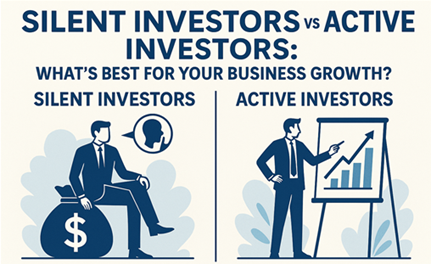CodeAnt AI, a San Francisco, CA-based, developer of a devtool platform intended to enforce clean code practices in software security. The company’s platform automatically detects and fixes code issues to automate code quality checks and security vulnerability detection, write cleaner, more maintainable, and less error-prone code without the need for manual review and correction, enabling development teams to enhance code reliability, reduce technical debt, and accelerate delivery cycles.
CodeAnt AI was funded $2 million led by Y Combinator, VitalStage Ventures, and Uncorrelated Ventures, with participation from DeVC, Transpose Platform, Entrepreneur First and angel investors. The funding will be used to expand the engineering team, invest in machine learning research, and grow enterprise partnerships across North America and Europe.
CodeAnt AI has set out to address one of the most time-consuming and error-prone aspects of software development: manual code reviews. The company’s AI-powered platform uses large language models and deep learning techniques to analyze code submissions in real-time, identifying security vulnerabilities, logic errors, and code style violations before human review even begins.
Amartya Jha the founder of CodeAnt AI said, that code reviews are critical for catching bugs and enforcing best practices, but they’re often tedious and inconsistent. Their platform acts like a supercharged reviewer, giving developers immediate, actionable feedback while ensuring that no critical security flaws slip through the cracks.
According to Jha, the AI can understand both the syntactic and semantic structure of code, making it capable of identifying subtle vulnerabilities that often go unnoticed in peer reviews. This includes common issues such as injection flaws, race conditions, and insecure authentication logic. By embedding security analysis directly into the review process, CodeAnt aims to reduce the average time it takes to detect and fix vulnerabilities—currently estimated at over 200 days, according to IBM’s Cost of a Data Breach Report.
The company’s early adopters include fintech startups and mid-sized SaaS firms who have reported improved code quality and a 30–40% reduction in time spent on code reviews. The platform felt like having a senior engineer with a security background reviewing every pull request.
In addition to bug detection, CodeAnt AI’s tool offers real-time collaboration features for engineering teams. Developers can ask the AI for suggestions, request explanations for flagged issues, and even get auto-generated test cases based on code context. The platform currently supports JavaScript, Python, Go, and Java, with Rust and Kotlin integrations in development.
To further its mission, CodeAnt plans to launch a beta program for enterprise clients in Q3 2025, offering integrations with GitHub, GitLab, and Bitbucket. The company is also investing in explainable AI (XAI) to ensure transparency in how its recommendations are generated, a key concern for larger organizations seeking to maintain compliance and accountability.
As the AI arms race continues in the developer tools space, CodeAnt AI’s fresh funding and clear focus on security-first review automation positions it as a notable player to watch. With software vulnerabilities remaining a top concern for organizations worldwide, the startup’s goal of making every line of code safer may resonate beyond engineering teams—reaching the desks of CISOs and CEOs alike.
By: K. Tagura
Who we are: Funded.com is a platform that is A+ BBB accredited over 10+ years. Access our network of Angel Investors, Venture Capital or Lenders. Let us professionally write your Business Plan.











